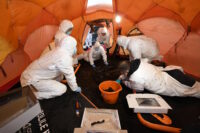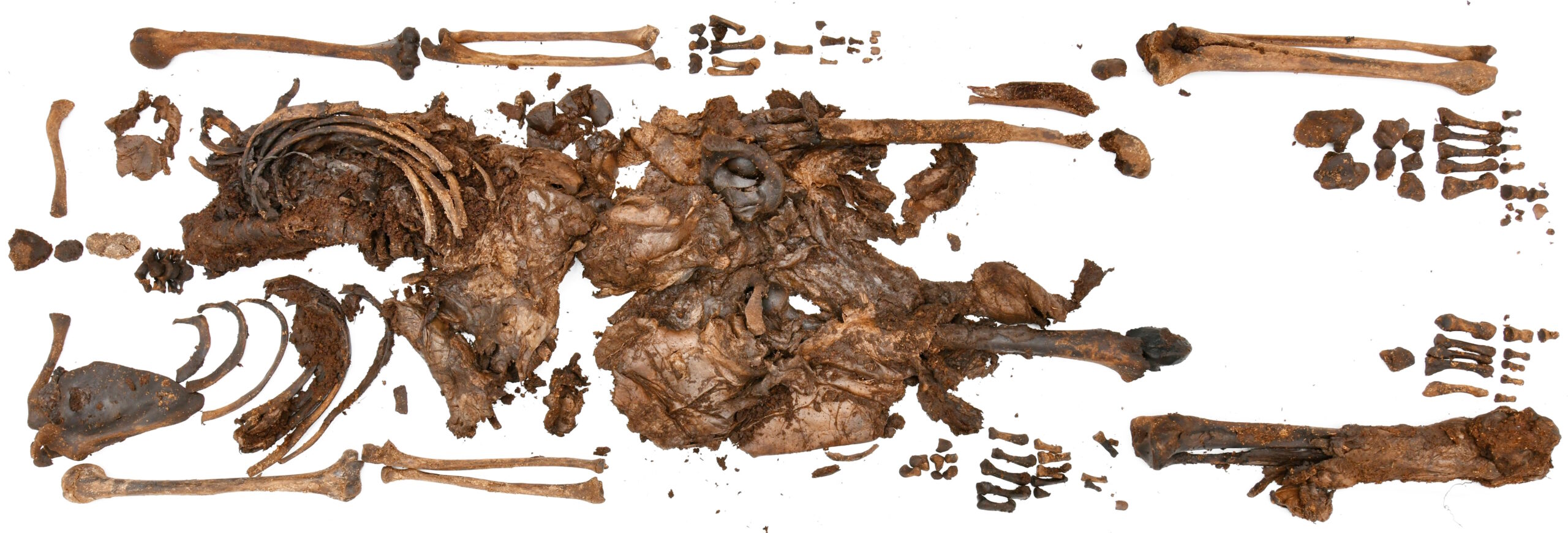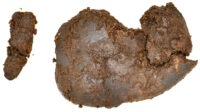Police archaeologists have unearthed an ancient bog body that is at least 2,000 years old in Bellaghy, County Derry, Northern Ireland. This is the only bog body still in existence in Northern Ireland and the first to be radiocarbon dated.
The Police Service of Northern Ireland was alerted to the presence of human bones on the peat bog’s surface in October 2023. The Body Recovery Team could not determine upon initial examination whether the remains were archaeological or recent, so they called in the Archaeological Unit to do a full forensic excavation of the body. They tented the find site and donned the head-to-toe CSI gear to ensure there would be no contamination of the remains so that DNA evidence could be extracted in case of a criminal investigation.

A forensic anthropologist carried out a post-mortem of the recovered skeletal remains. The belonged to a teenaged male between 13 and 17 years old when he died. The good condition of the remains made it possible to employ radiocarbon dating, the first time the technology has been used on a bog body in Northern Ireland. The results indicate the individual died between 2,000 and 2,500 years ago.
Dr Alastair Ruffell of Queen’s University, Belfast said: “To ensure the highest possible standards in forensic recovery of human remains were maintained, we conducted two phases of high-resolution ground penetrating radar survey at the site. The results showed no indications of further human remains.
“The remains were discovered at approximately one metre below the current land surface which matches the radiocarbon estimates. In addition, they were amongst a cluster of fossil tree remains suggesting that the body may have died or been buried in a copse or stand of trees, or washed in.”
The bog is Forest Service land and the Department is in the process of transferring the bog body to the National Museums Northern Ireland where it will be further studied.
* This article was originally published here










No comments:
Post a Comment